"Whoever receives you receives me, and whoever receives me receives the one who sent me. Whoever receives a prophet because he is a prophet will receive a prophet's reward, and whoever receives a righteous man because he is a righteous man will receive a righteous man's reward. And whoever gives only a cup of cold water to one of these little ones to drink because the little one is a disciple — amen, I say to you, he will surely not lose his reward."
- Matthew 10:37-42
What does it look like to live a Christian life? This is a question that we all must figure out how to answer. In this week’s Gospel, Jesus gives us a glimpse at the kind of answer we should give. He tells us that we must not love our family more than we love Him. On the surface, this seems like a strange standard to set. For most of us, our families are the people we love most in this world and are who we would do anything for. It seems strange that Jesus would judge us unworthy for holding them in such a place of honor. But if we look at it from His perspective it begins to make a little more sense. Jesus is not saying that we cannot love our families. Rather, He is showing us that even our families should not take precedence over our relationship with Him. He is reminding us that God must be the most important thing in our lives, and, if He is not, we need to reevaluate our priorities.
Similarly, Jesus reminds us that how we treat others will determine what happens to us at our final judgment. As Jesus tells us, each person we encounter is representative of Jesus. And if they are representative of Jesus, they are representative of the Father who sent Jesus. This is one of the most challenging parts of being a Christian – seeing Jesus is everyone that we meet. It is easy to see Jesus in our family and close friends. It is harder to see Jesus in those we don’t like. Even harder is to see Jesus in those we don’t even known and often try to ignore – the poor, the homeless, the sick, the imprisoned. And yet it is these people, these “little ones,” that we are called to have the most compassion for. These are the ones we are to go out of our way to offer a drink or a kind word, help with food or even just a smile. By recognizing them as fellow human beings and fellow travelers on this journey through life, we recognize that, just like us, they are created in the image of God and are worthy of all that entails. They, too, are co-heirs to the Kingdom. They, too, are Children of God. If we do this one thing, Jesus tells us that we “will surely not lose [our] reward.”

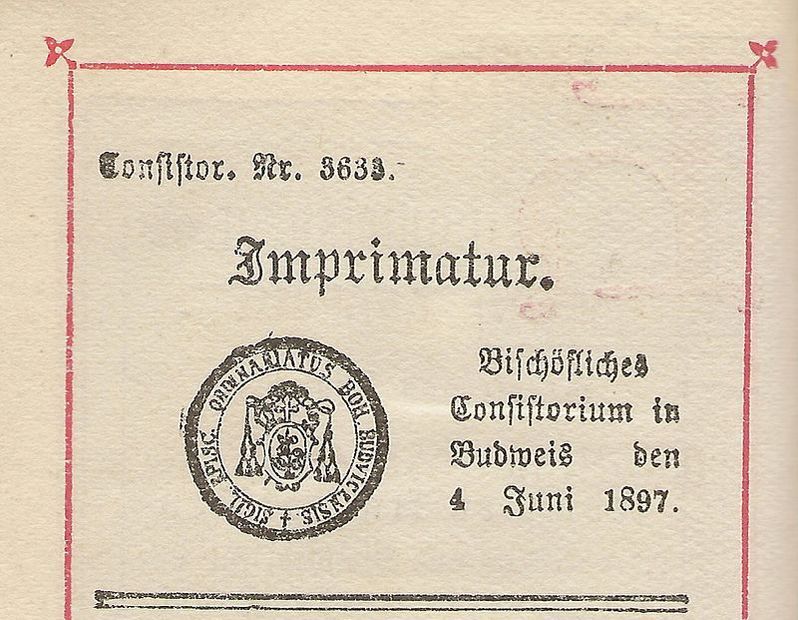
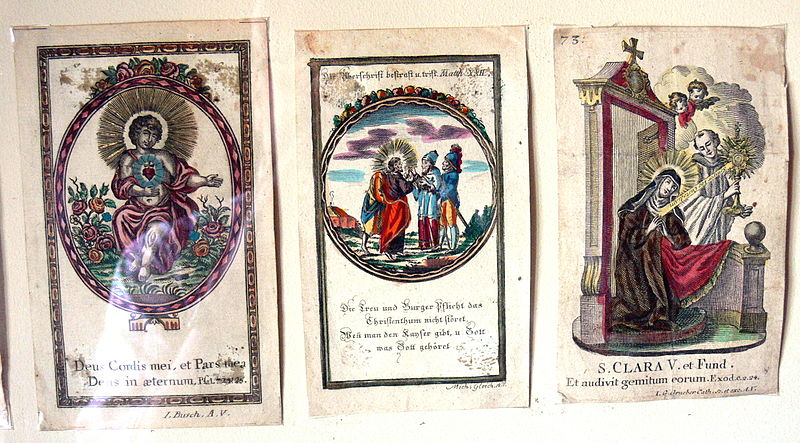


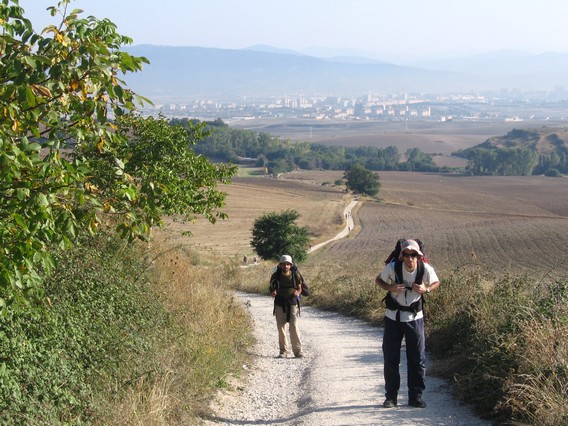
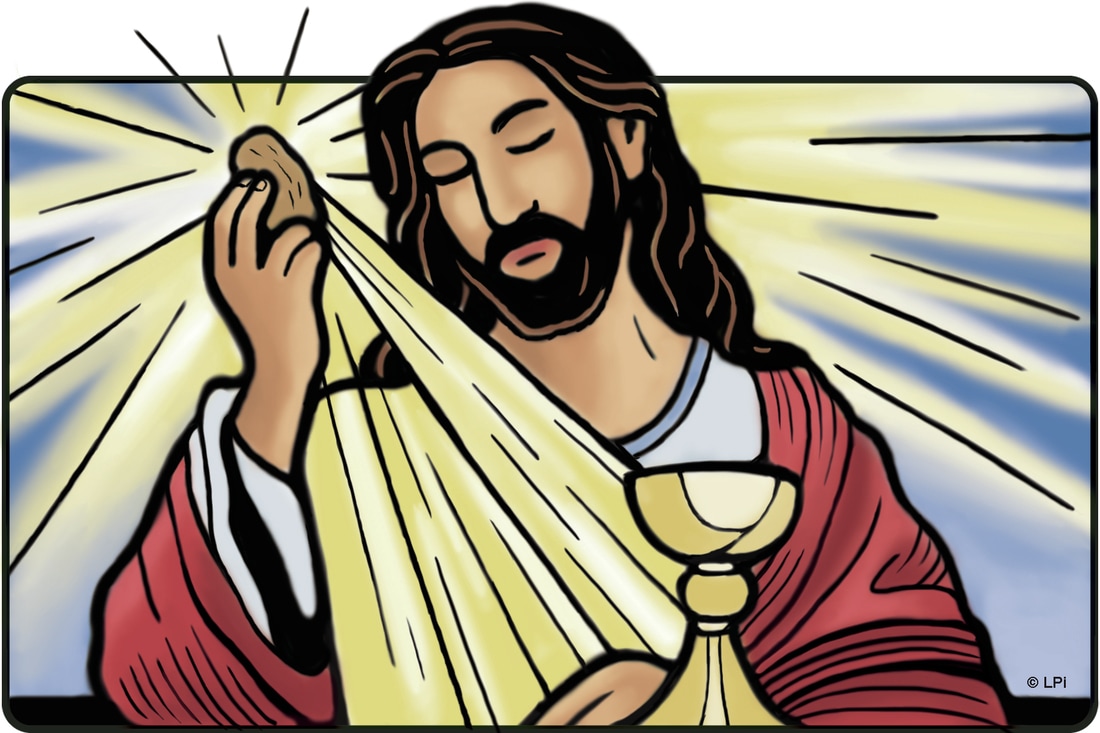
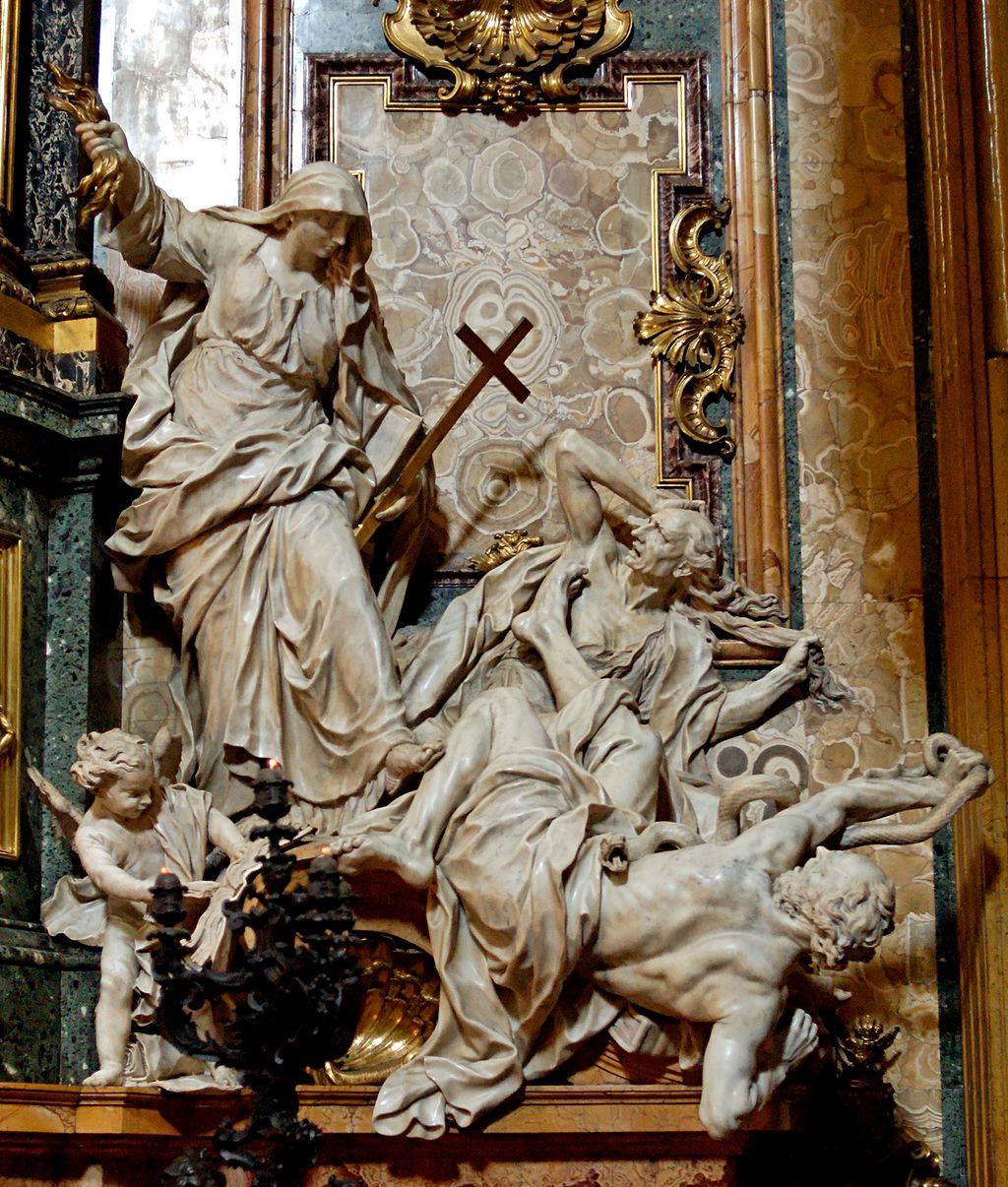
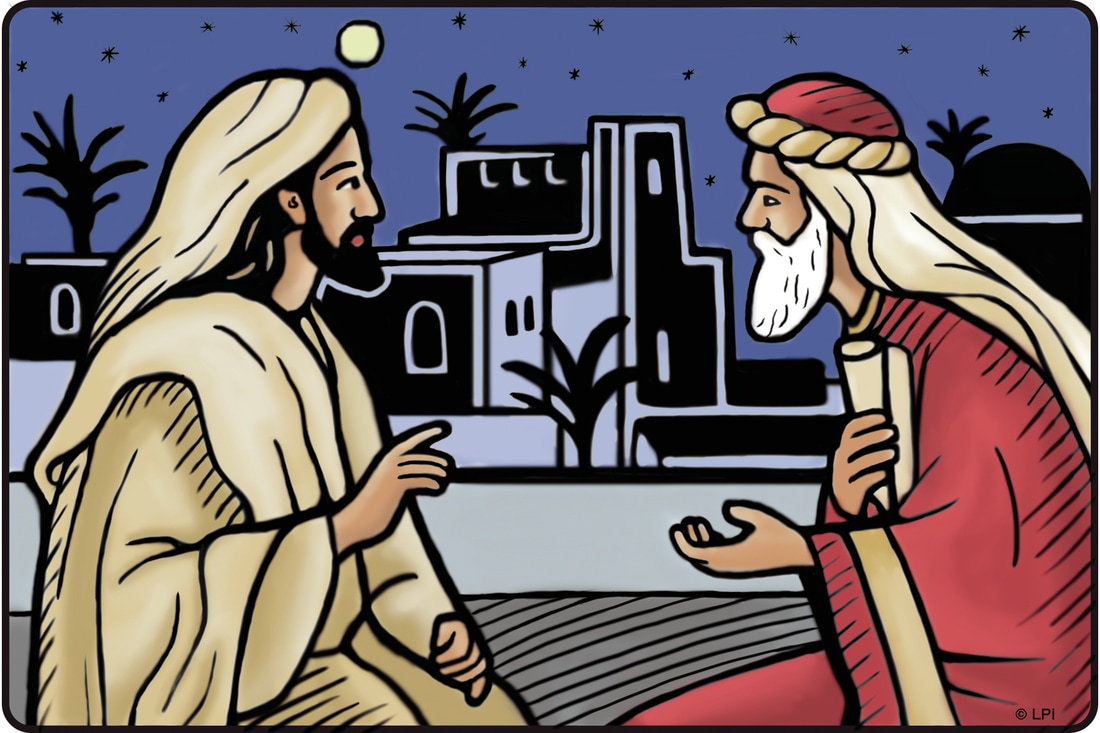
 RSS Feed
RSS Feed
